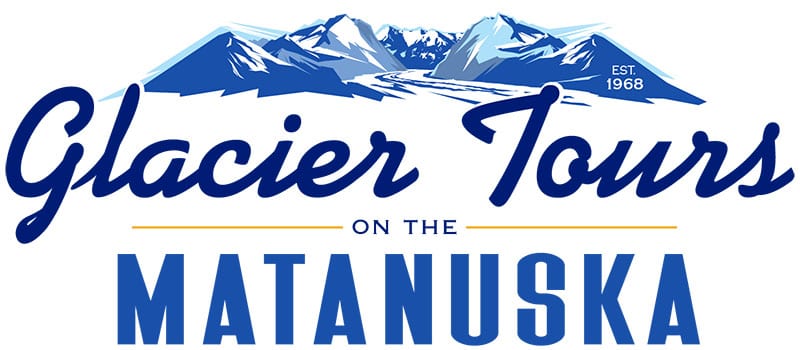Glacier Mice

Due to harsh conditions, cold climate, and lack of soil on the glacier’s surface, it is quite impossible for anything – even bacteria – to effectively survive and thrive. The Matanuska glacier sits between the Chugach and the Talkeetna mountain ranges, and because glaciers are ever-moving forms, it is constantly grinding away at the bedrock it sits upon as well as the base of either range. When this occurs, sediment and plant debris get drawn into many circulating subterranean channels that travel chaotically below and above the glacier’s surface. Much of this sediment and debris get circulated and deposited throughout the glacier, often on its surface. A large portion of this plant material consists of Bryophyta, which classifies most mosses. Mosses stem from primordial plants that are extremely resilient and hearty, exemplified through their ability to thrive after prolonged periods of cryptobiosis. Cryptobiosis is the process of metabolic activity in an organism slowing to the point of almost being undetectable, which particularly occurs in freezing. Moss, particularly acrocarpous moss, is highly adaptable and can reproduce asexually, so when fragments that have been frozen for extended periods of time are exposed to sunlight they can spontaneously begin to photosynthesize again.
When this occurs, these fragments adhere to small particulates of sediment and grow around its surface entirely. Because glaciers are always moving, these new forms begin to rotate and flip, exposing all sides to sunlight and promoting growth to continue in a layered process like that of an onion. These globular forms can grow to the size of basketballs, and maintain an internal temperature of 5 degrees above the surface of the ice they sit upon, even in the winter. Because of this incubatory factor, tiny microorganisms and invertebrates can survive within – typically about 70 per quarter-sized moss ball.
In the early 1950s, these globular forms of moss were given their playful name by Swedish plant biologists studying Falljokul glacier in Iceland, who came across a large dispersal of these cute rounded clumps, and coined them “Glacier Mice”. Here on Matanuska Glacier, you can see these throughout your trek on guided and unguided trails, particularly in the summertime when they are soaking up the sun and glowing that fabulous fluorescent green against the ice!



